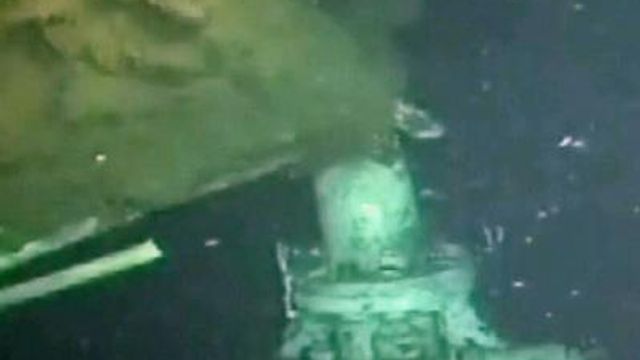Local EPA office tested chemicals to breakup oil
The U.S. Environmental Protection Agency's office in Research Triangle Park tested chemicals used to break up oil in the Gulf of Mexico.
Posted — UpdatedBut early on, some experts worried that the dispersants were more harmful to fish and shrimp than the oil itself. So, the U.S. Environmental Protection Agency's office in Research Triangle Park got a call to help.
“We were asked to do some tests to quantify how toxic these chemicals were,” EPA researcher Richard Judson said on Wednesday.
Within days, their tests showed the main dispersant was safe.
In the past, scientists would have tested the chemicals on animals and waited months or years for results.
Now, scientists have a new, faster method, which uses only a tiny batch of cells.
”You grow up the cells over a day or so, you put a chemical in there,” Judson said. “Then, you detect what has happened 12 to 24 hours later.”
Scientists learn how the cells reacted with the chemicals and determine if they're dangerous. They can test 1,500 different chemicals at a time.
“We have our friends called the robots to help us with this. The robots work 24 hours a day ,seven days a week,” said David Dix, also of the EPA.
The national testing effort is based at the EPA's office in RTP and a lot of the work takes place at local companies, such as Attagen in Morrisville.
Researchers said the Triangle is on the cutting edge, finding new, faster ways to make sure chemicals aren't harming people.
The EPA has used the new technique to analyze hundreds of chemicals. Scientists are now working on building a library of 10,000 chemicals.
“We can get more information about more chemicals, and we can make sure that when the chemical is in the environment, it's going to be as benign as possible,” EPA researcher Bob Kavlock said.
• Credits
Copyright 2024 by Capitol Broadcasting Company. All rights reserved. This material may not be published, broadcast, rewritten or redistributed.





